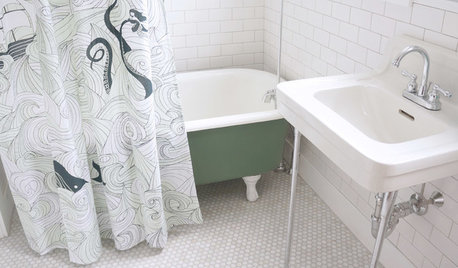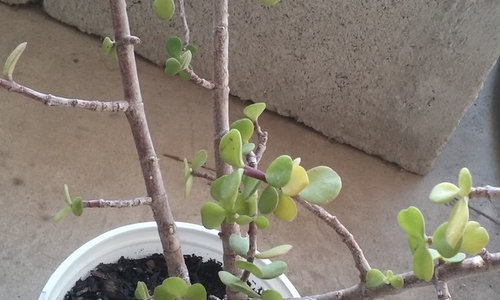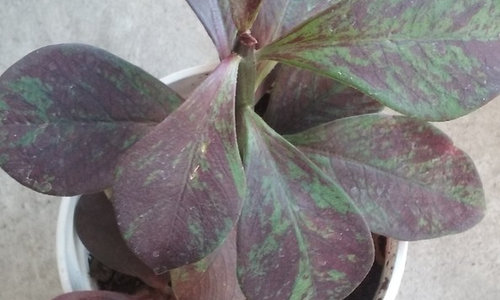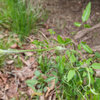Help ID
Vic
6 years ago
Featured Answer
Sort by:Oldest
Comments (17)
Related Discussions
Bugs in Houseplants... help ID-ing please!!!
Comments (1)I'd still go with springtails, even if the particular species you have isn't very springy....See Morehelp ID-ing this rose
Comments (4)Hi friends. It has a bit more petals than heritage. Also the petals hold against wind and rain....See MoreNeed help ID'ing this small yellow flower
Comments (2)Using your genus tip I think it might be Hypericum punctatum (Spotted St. John's-wort). Also looked at H. mutilum and H. boreale but the leaves seemed too small....See MoreNeed Help ID-ing my new succulent
Comments (1)This is my new baby. I bought it at Walmart. The only thing I've found is maybe Echeveria Green Pearl?...See Moreiochroma
6 years agolast modified: 6 years agoTiffany, purpleinopp Z8b Opp, AL
6 years agolast modified: 6 years agowindberry zone5a BCCanada
6 years agoVic
6 years agogyr_falcon
6 years agoiochroma
6 years agogardengal48 (PNW Z8/9)
6 years agogardengal48 (PNW Z8/9)
6 years agoiochroma
6 years agowindberry zone5a BCCanada
6 years agoEmbothrium
6 years ago
Related Stories

STAIRWAYSHelp Your Stair Landing Take Off
Whether for storage, art, plants or whatever else strikes your fancy, your stair landing can serve your home in a thoughtful way
Full Story
BATHROOM WORKBOOKStandard Fixture Dimensions and Measurements for a Primary Bath
Create a luxe bathroom that functions well with these key measurements and layout tips
Full Story
ORGANIZINGDo It for the Kids! A Few Routines Help a Home Run More Smoothly
Not a Naturally Organized person? These tips can help you tackle the onslaught of papers, meals, laundry — and even help you find your keys
Full Story
BATHROOM MAKEOVERSRoom of the Day: See the Bathroom That Helped a House Sell in a Day
Sophisticated but sensitive bathroom upgrades help a century-old house move fast on the market
Full Story
PETSHow to Help Your Dog Be a Good Neighbor
Good fences certainly help, but be sure to introduce your pup to the neighbors and check in from time to time
Full Story
HOUSEKEEPINGThree More Magic Words to Help the Housekeeping Get Done
As a follow-up to "How about now?" these three words can help you check more chores off your list
Full Story
DECORATING GUIDESGot a Problem? 5 Design Trends That Could Help
These popular looks can help you hide your TV, find a fresh tile style and more
Full Story
ARCHITECTUREHouse-Hunting Help: If You Could Pick Your Home Style ...
Love an open layout? Steer clear of Victorians. Hate stairs? Sidle up to a ranch. Whatever home you're looking for, this guide can help
Full Story
LIFE12 House-Hunting Tips to Help You Make the Right Choice
Stay organized and focused on your quest for a new home, to make the search easier and avoid surprises later
Full Story
REMODELING GUIDESKey Measurements for a Dream Bedroom
Learn the dimensions that will help your bed, nightstands and other furnishings fit neatly and comfortably in the space
Full Story











nigell_gw